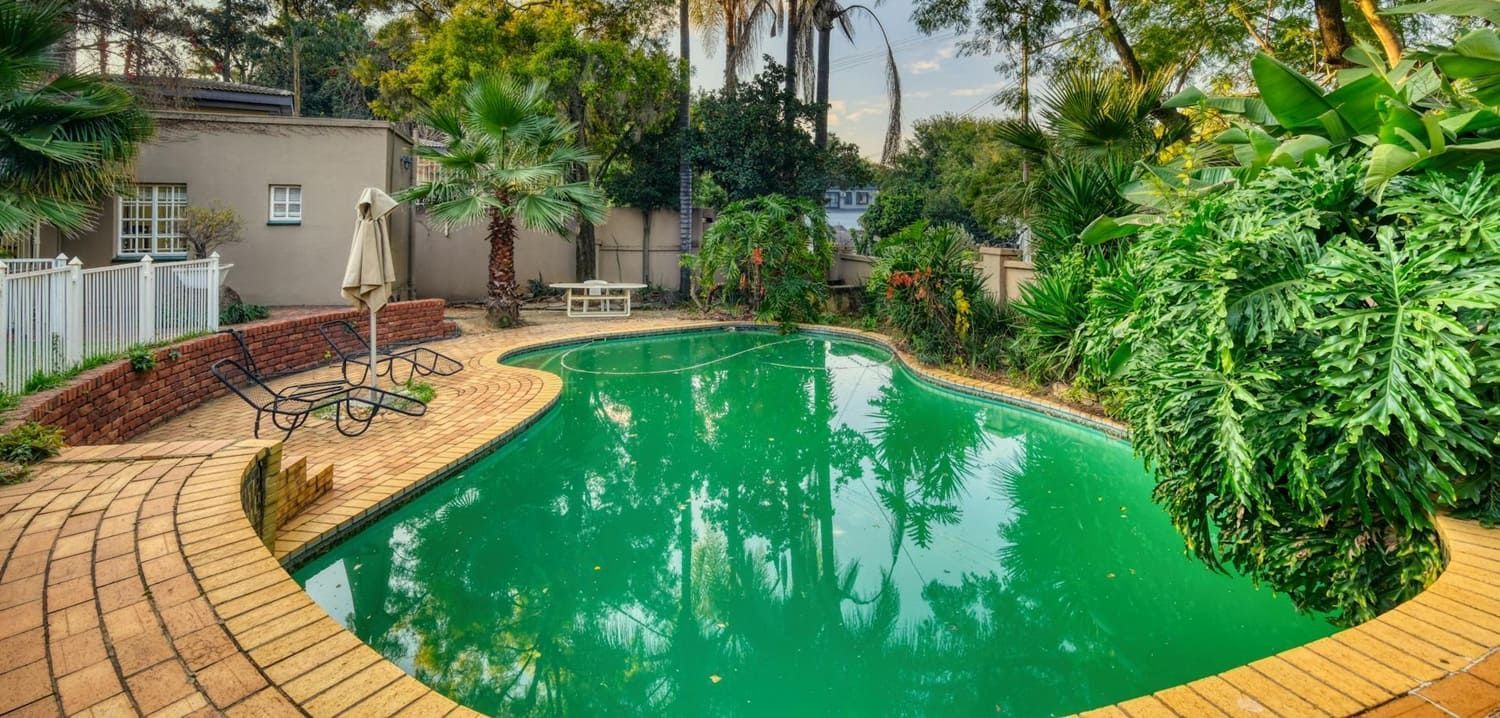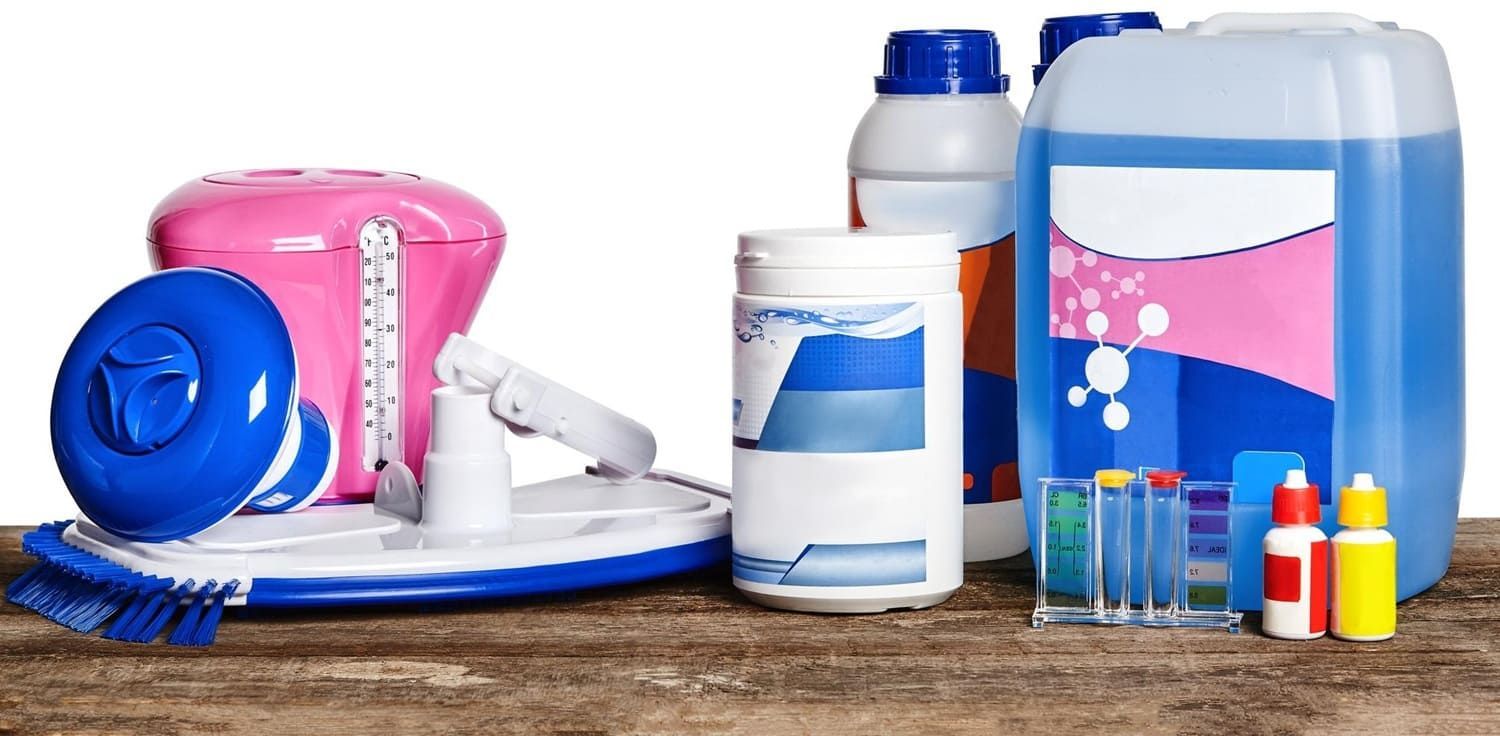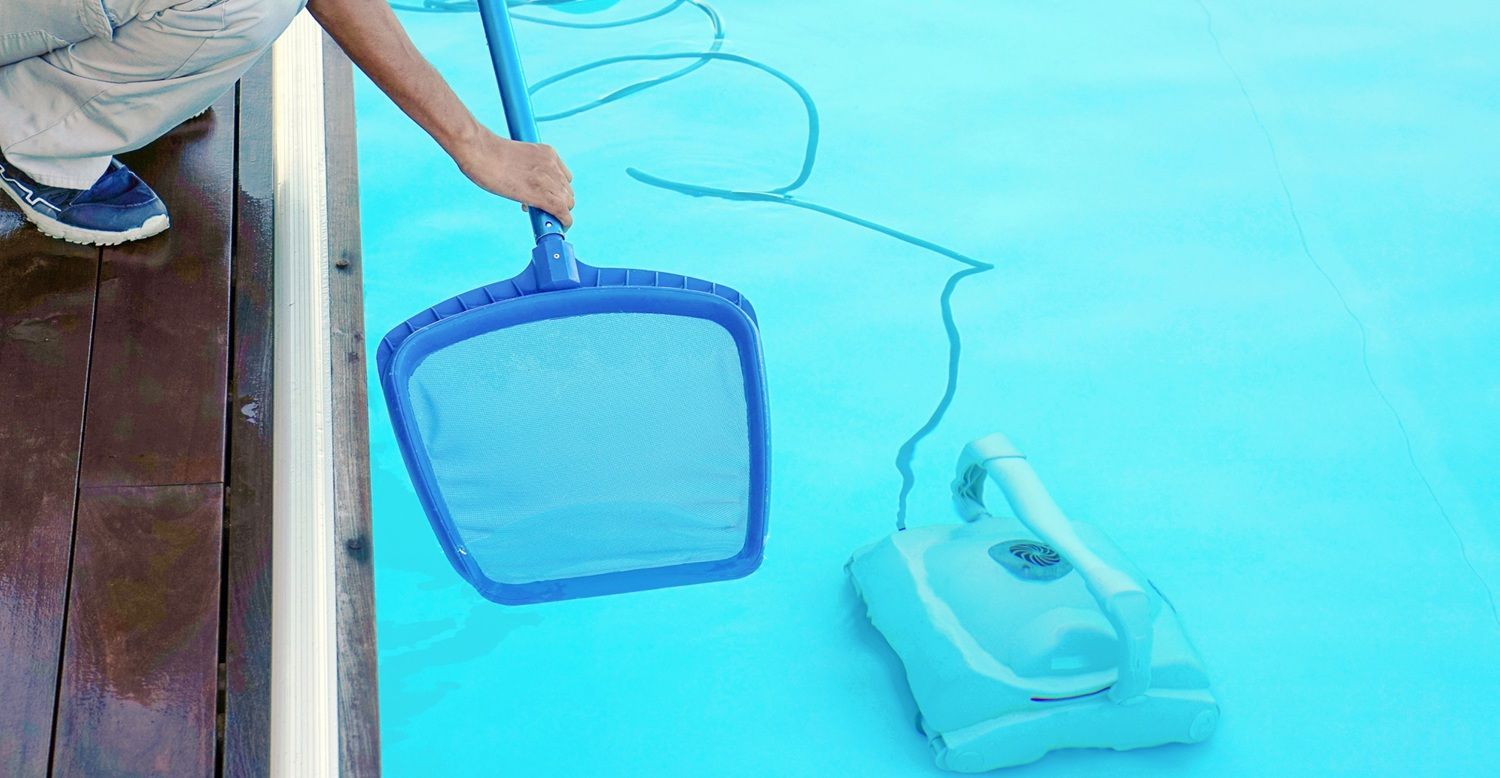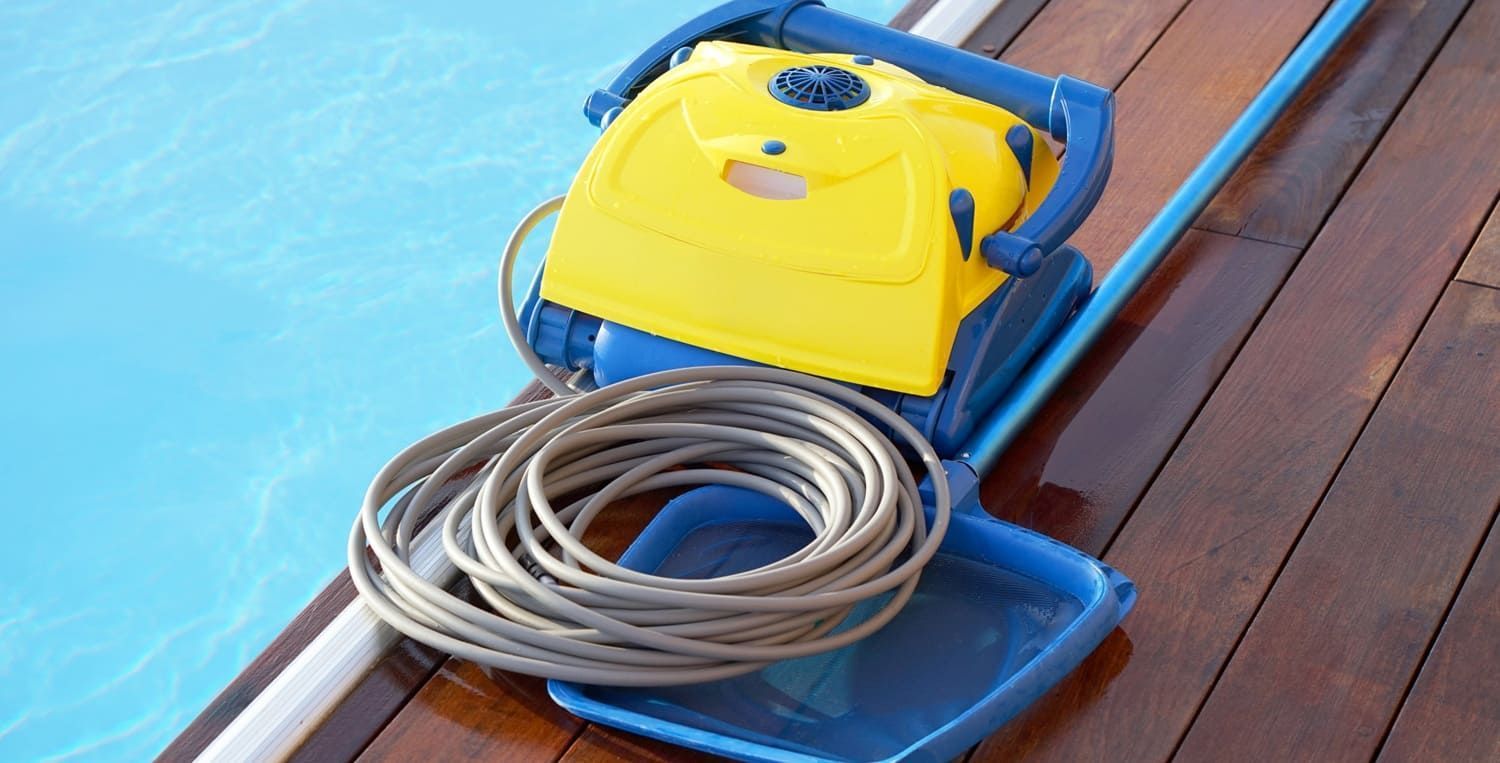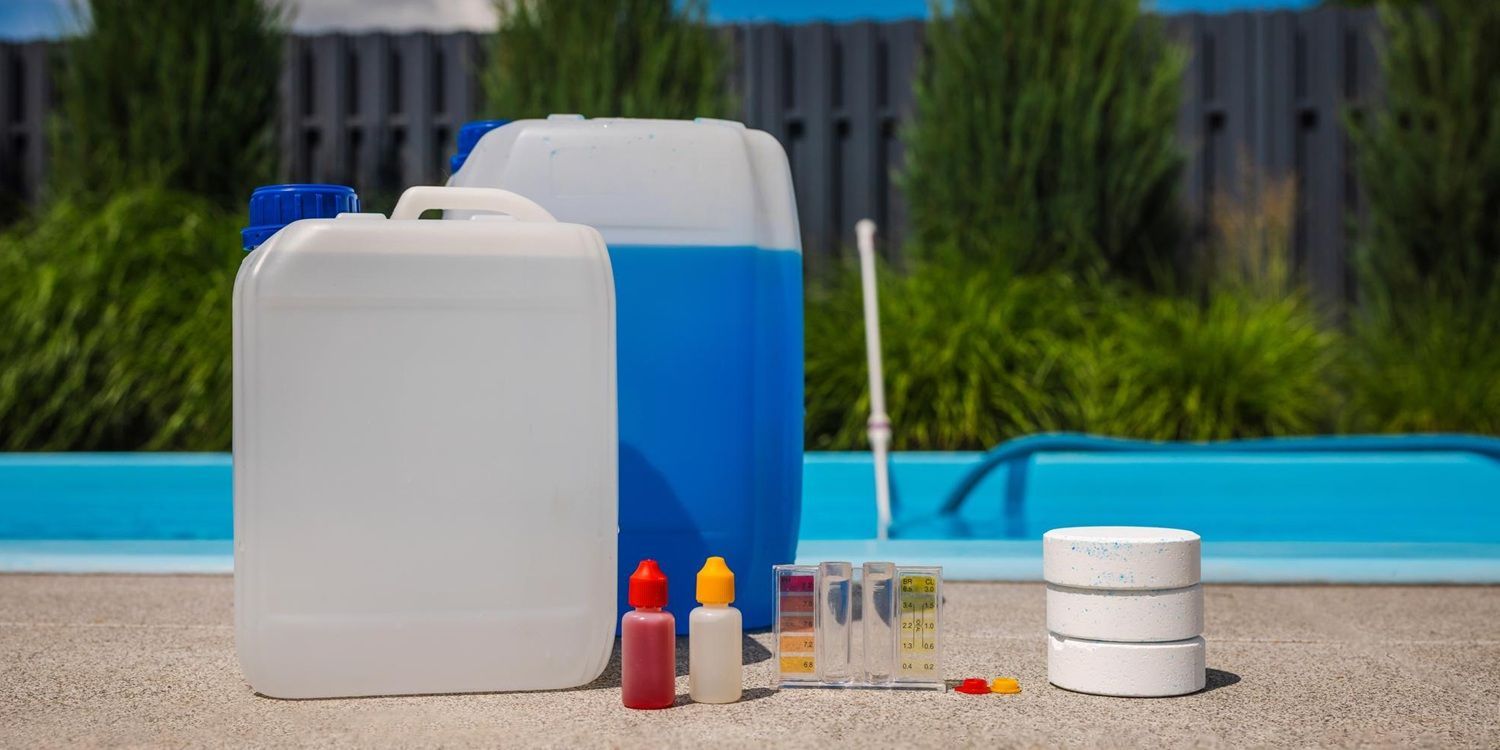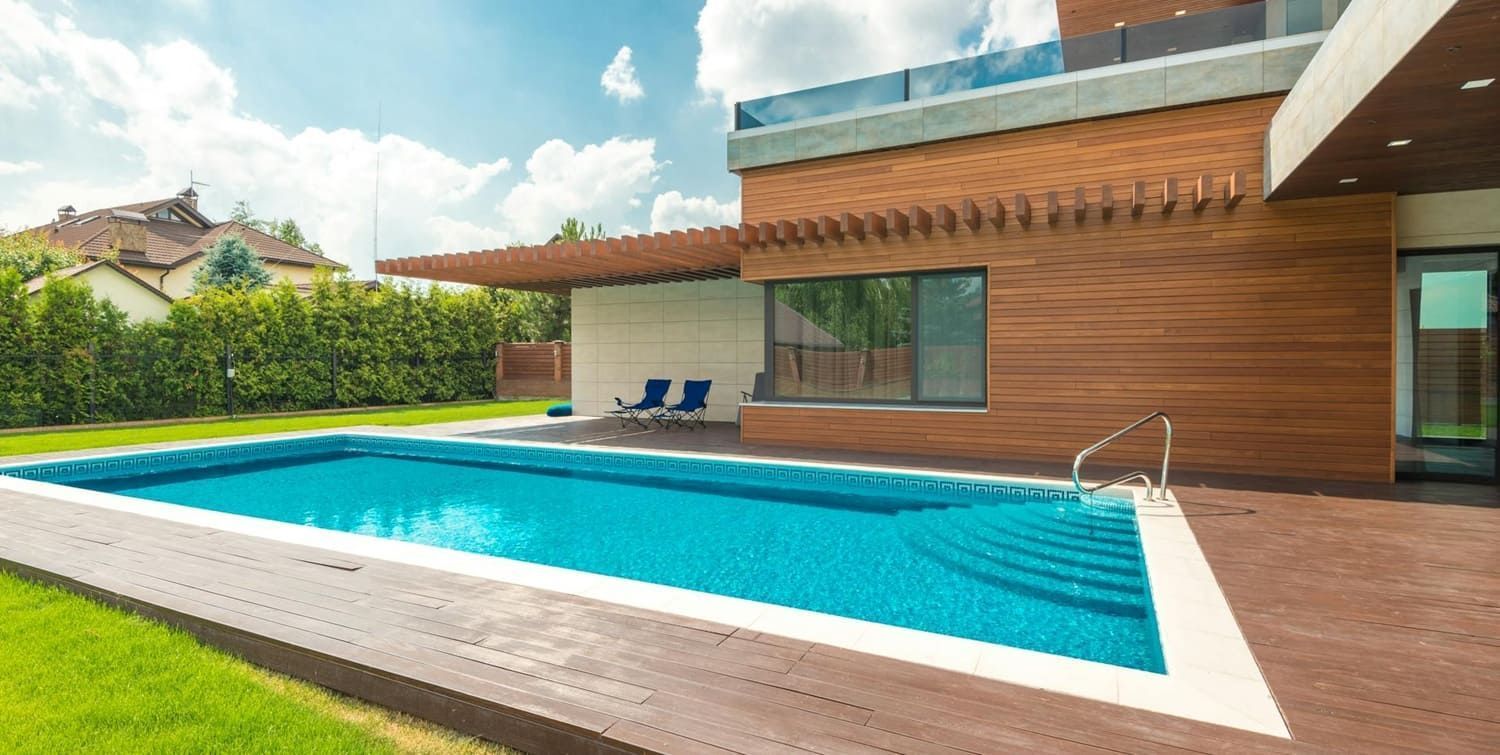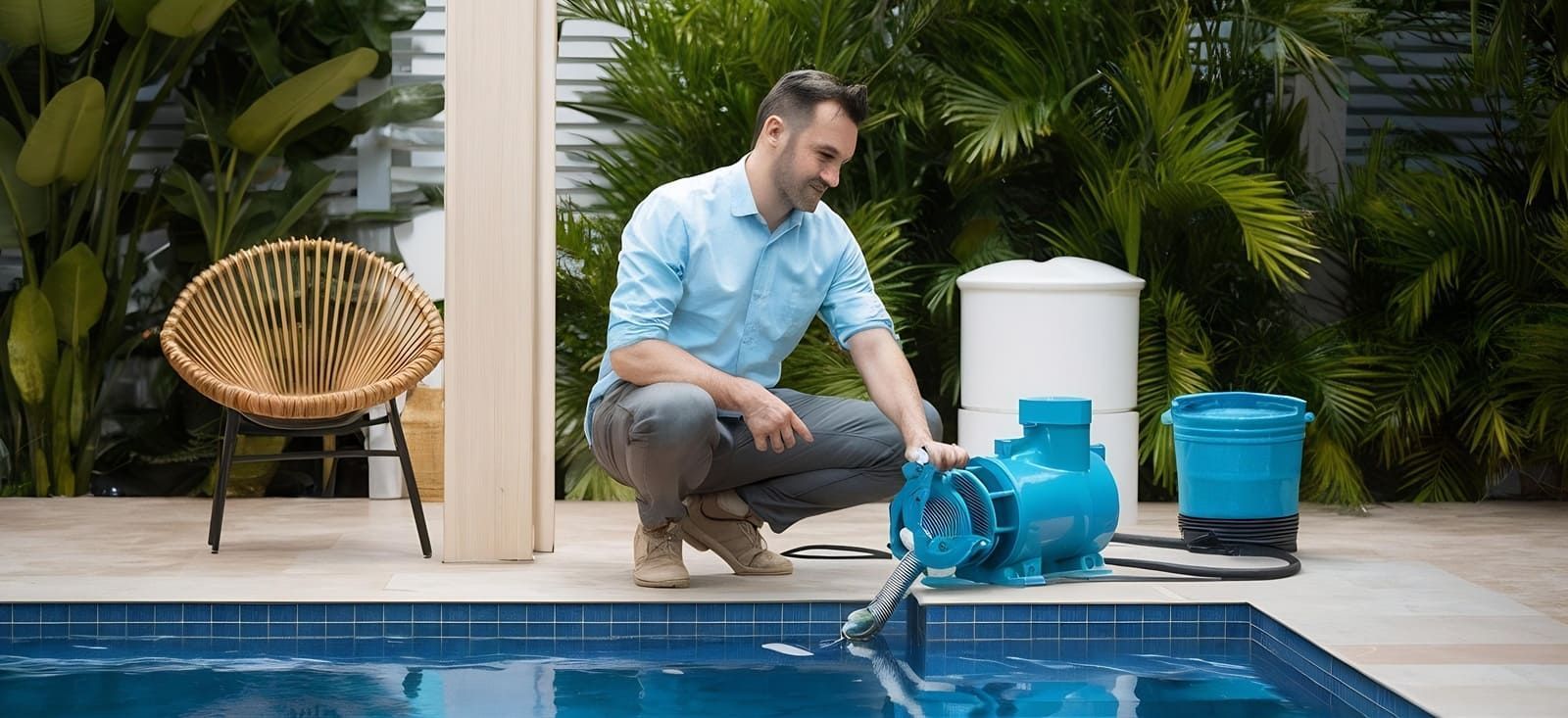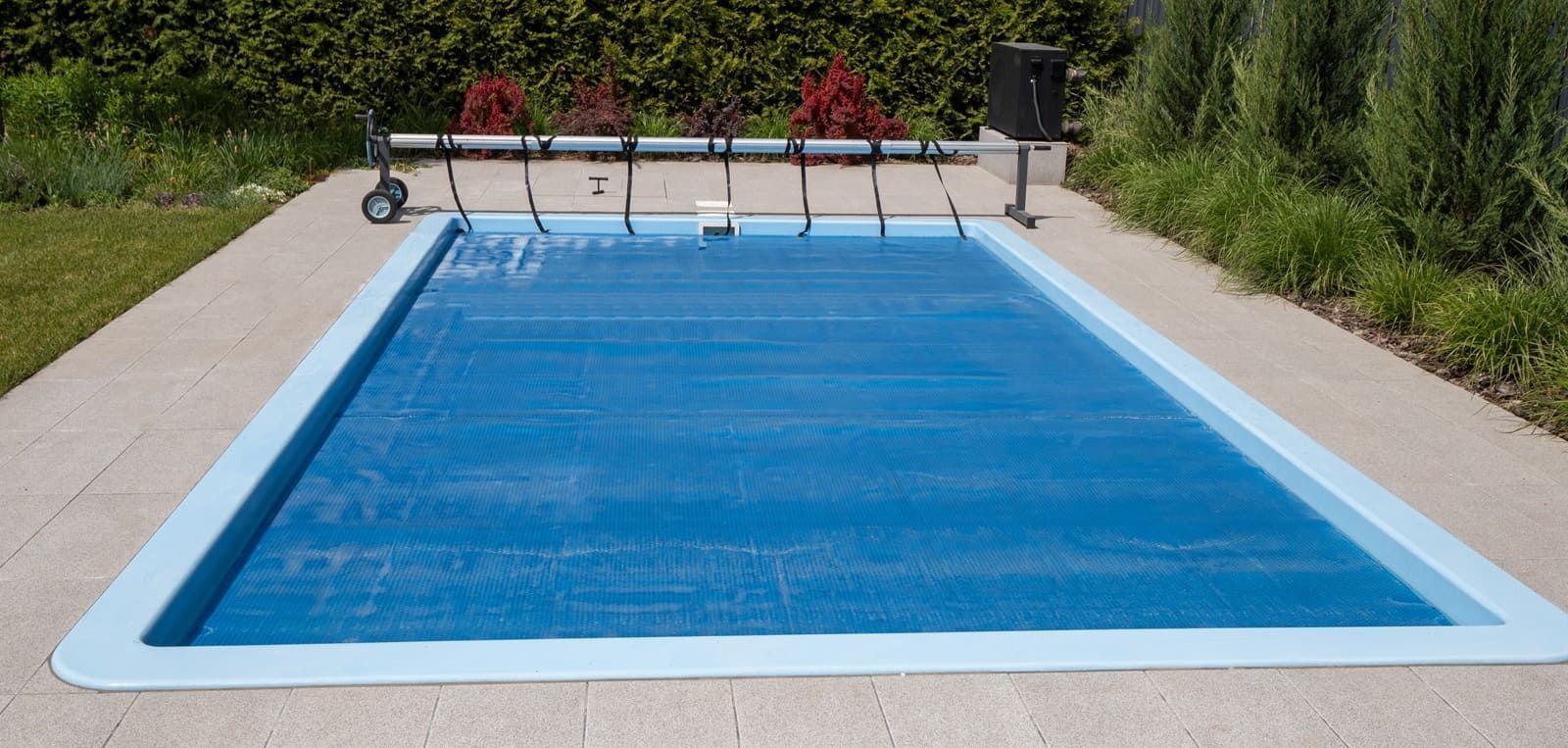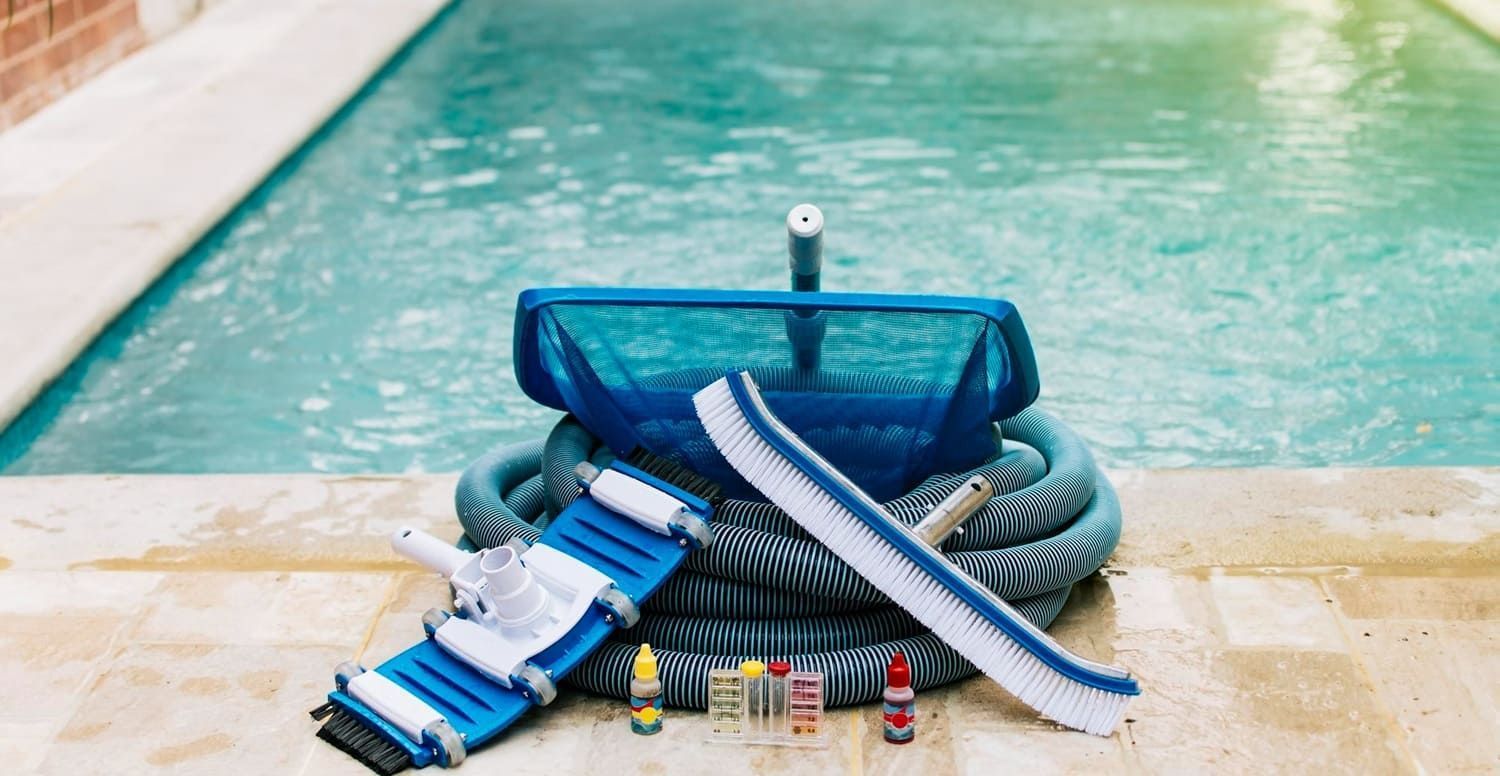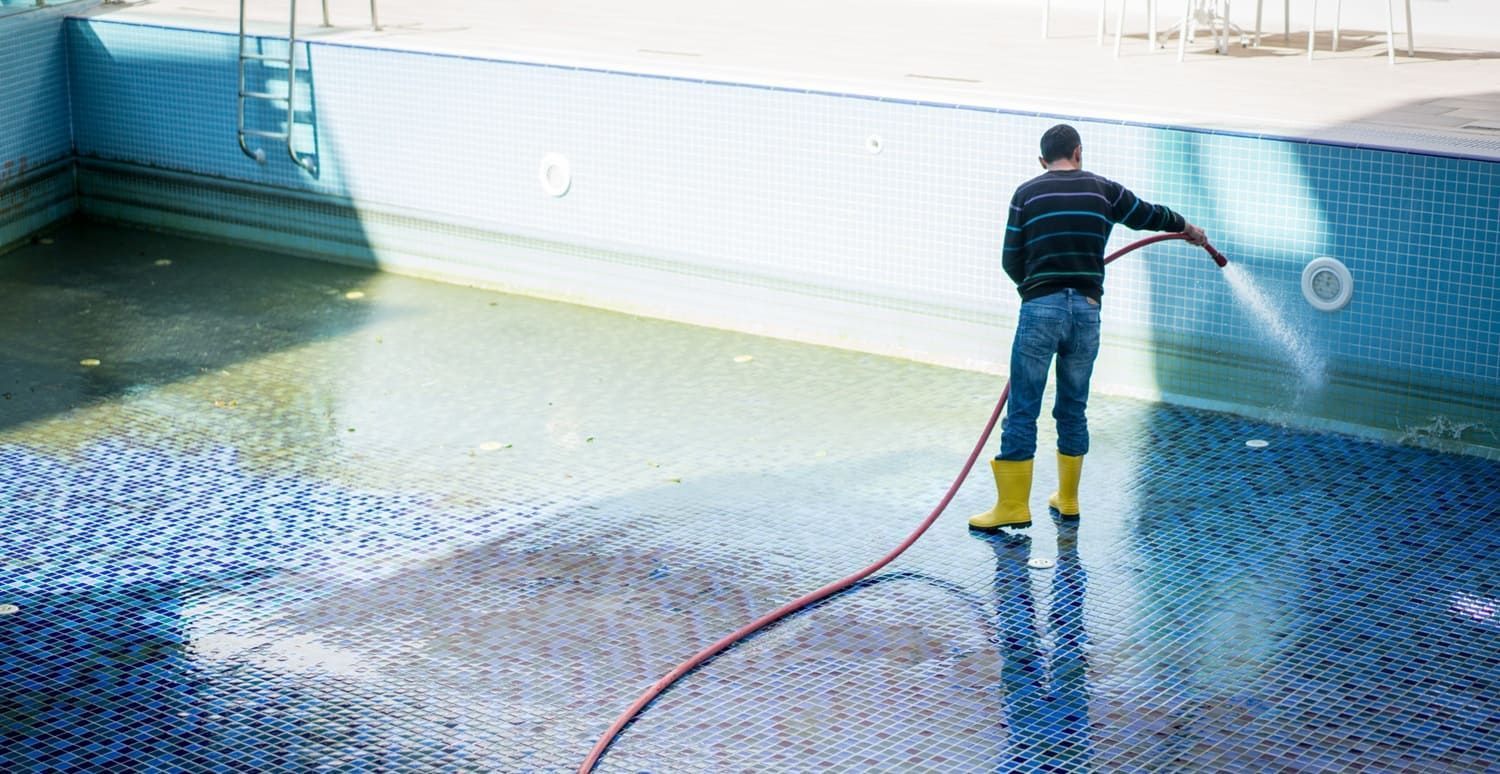How to Remove Algae From Your Pool
Algae can be difficult to get rid of from your pool. Here's a quick guide on how to quickly remove algae from your swimming pool at home.

Algae is a common problem in water and can be found in all fifty states. Pools are a common location where algae can start to grow. Pool owners have all been there - waking up one morning, and your once sparkling clean pool is now covered in algae. It's a frustrating and disappointing sight, but it doesn't have to cause you distress. No matter what type of algae you have, there are ways to remove algae and restore your pool's clean waters.
If you suffer from a murky pool, you've come to the right place. We cover the most common causes of pool algae, and what you can do to prevent it from happening in our handy guide.
Causes of Pool Algae
Algae are simple plants that live in water and can range in color from green to blue-green to yellow-green. While algae are a necessary part of the ecosystem, they can quickly take over your pool if left unchecked.
One of the most common causes of pool algae is inadequate filtration. If your pool filter is not working properly, it can allow algae spores to pass through, leading to an algae bloom.
Another common cause of pool algae is high pH levels. When pH levels are too high, it creates an ideal environment for algae to grow.
Common Types of Pool Algae
Four main types of algae can grow in pools: green algae, black algae, yellow algae, and pink algae.Green Algae
Green pool algae is a common type of algae that can form in swimming pools. You can find green-colored algae growing on the walls, floor, and steps of a pool.
You can sometimes find green pool algae in the form of a slimy film on the surface of the water. Other times you'll find it floating in the water in large sheets of green slime. While green pool algae is not harmful to humans, it can be unsightly and make a pool difficult to use.
Black Algae
If you have black algae in your pool, it can be a challenge to remove. This kind of algae roots into a pool wall and can be hard to scrub off. You'll need to make sure you remove all the algae from the root to get rid of it for good.
Yellow Algae
Yellow algae often form in large layers over the pool water. This form of algae is resistant to chlorine. It also sticks to different surfaces in the pool making it hard to get rid of.
Pink Algae
This type of algae looks more streaky and spotty than the other kinds. It grows much more slowly than other algae. Pink algae most often find smooth surfaces to adhere to.
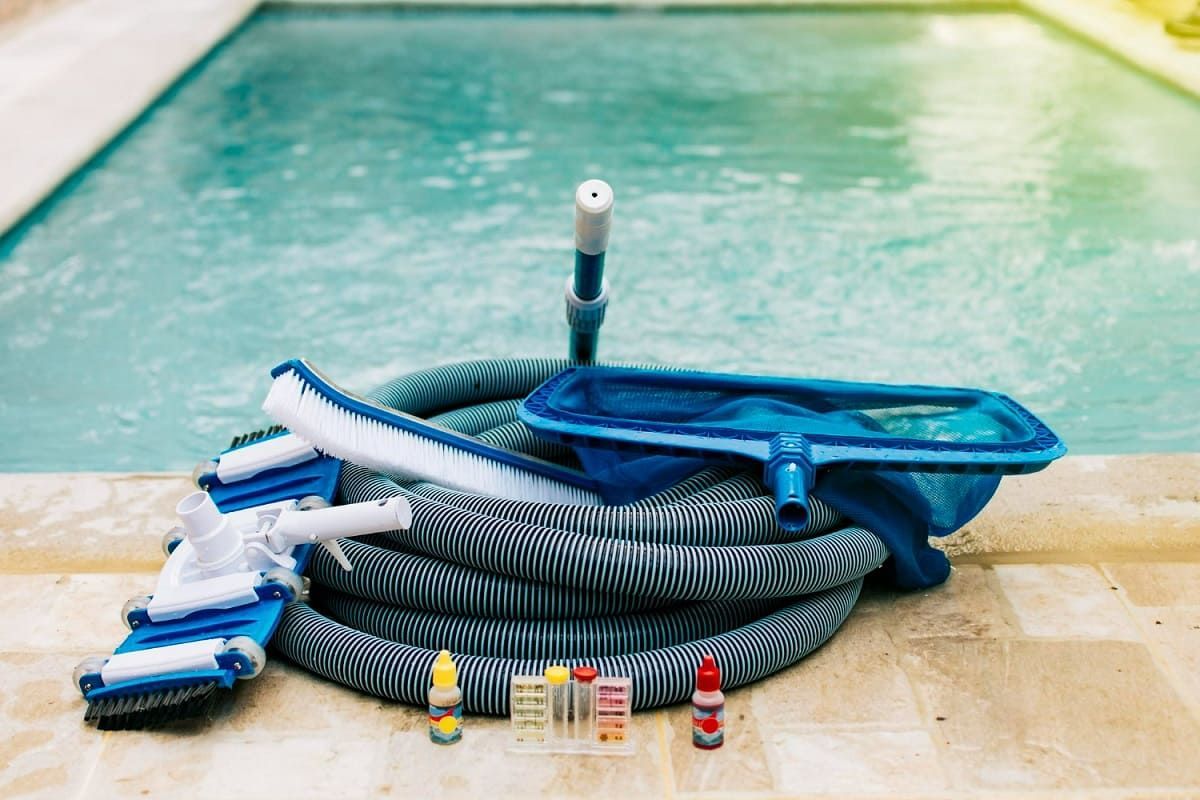
How to Remove Algae From Your Pool
If your pool is starting to look a little green, it may be time to start thinking about how to remove algae from your pool. Algae can not only make your pool look less than inviting, but it can also be a health hazard. It's important to clean your pool thoroughly so the algae doesn't make a comeback.Vacuum Your Pool
You'll want to remove as much of the algae build-up as you can. This is one job you'll need to do yourself.
Start by using a scoop to get rid of any leaves or debris accumulated in your pool. Next, you'll have to manually vacuum the entire pool. Go over any areas with algae more than one time.
Brush the Pool Floor and Walls
Algae may remain even after you've vacuumed and scooped your pool. The next step is to scrub the leftover algae from your pool surfaces.
Scrubbing the sides and floor of your pool gets the chlorine into the algae to break it down and kill it. It also helps to loosen any other debris so it can get filtered out of your pool.
When scrubbing your pool, choose a stiff pool brush. Start by brushing the walls and then move to the floor.
Don't forget about the corners or shady areas, as this is where algae like to hide most. Use a pool tile cleaner to get the deepest clean possible.
You might notice that your water starts getting cloudy the more you scrub. Because of this, make sure to hit the areas with the most algae growth first so you can see what you're doing.
Water Testing
Now that you've removed most of the algae, it's time to make sure it doesn't come back. Balancing your pool water will get your pool ready for a shock treatment.
You can buy pool testing strips or use a digital testing kit for this step. Make sure to test for both the alkalinity and pH of your pool.
Shock Your Pool
The final step to getting your clean pool water back is the shock your pool. Pool shock adds extra chlorination to the pool water. This helps to kill off any remaining algae growth.
Shocking a pool with an algae problem isn't a one-size-fits-all solution. You may need more shock depending on the type of algae and the severity of the problem.
When in Doubt, Hire a Professional
If your pool looks like a black lagoon and you feel like you're out of your depth, consider hiring a pool cleaning company. A pool cleaning company will have the necessary equipment to clean your pool and remove algae for good.
If you need help keeping your pool clean,
LayorCare Pool & Patio can help. Once you switch to our superior product, you'll never go back. Try out our selection of pool and patio protection products today!
Recent Posts
